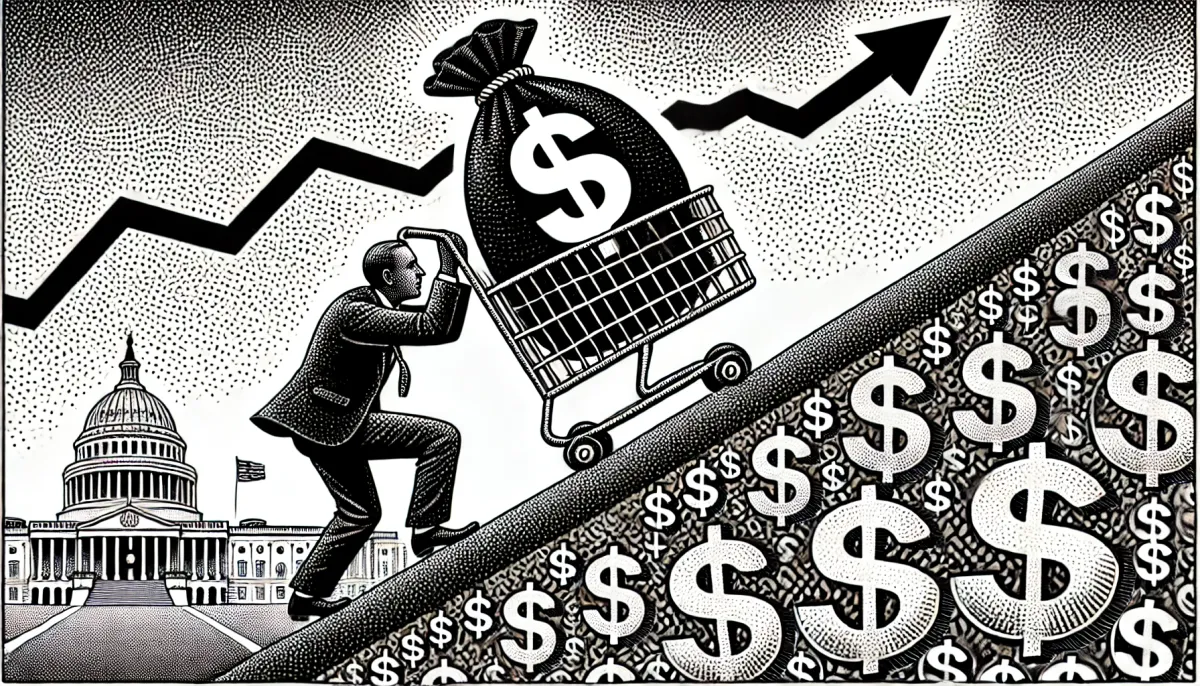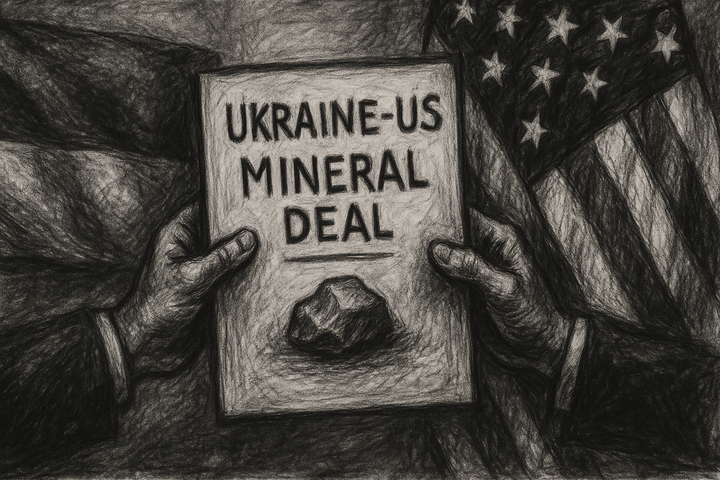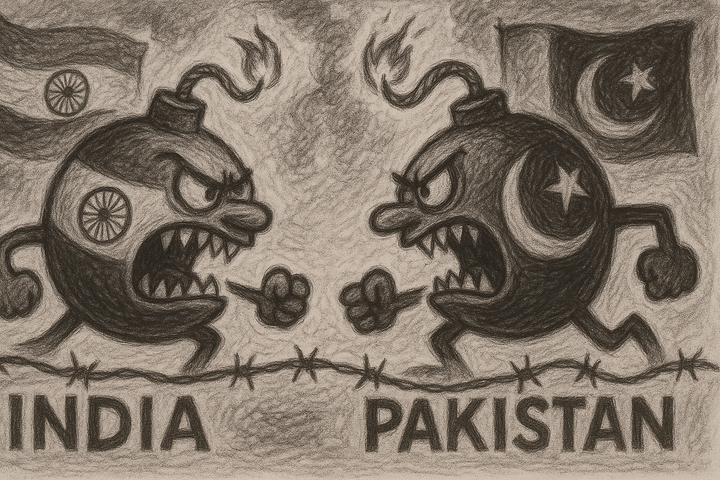Are things going to get more expensive under Trump's policies?

Introduction
Since Donald Trump returned to the presidency on January 20, 2025, signs have emerged that the cost of everyday goods is rising, largely due to new tariffs on imported goods. With a 10% tariff on Chinese imports already in effect and proposed 25% tariffs on Canadian and Mexican goods, companies and consumers alike are bracing for higher costs. While it is still too early to measure the full impact, early indicators from inflation data and corporate responses suggest that prices will likely increase in the coming months.
Trump’s First Presidency (2017-2021): Price Trends and Economic Policies
During Trump's first term, from January 2017 to January 2021, prices for everyday goods increased by approximately 9%, according to Consumer Price Index (CPI) data. The breakdown shows:
- Food prices rose by 9.14%.
- Other goods (excluding food and energy) saw a smaller increase of 2.95%.
Economic policies such as tax cuts and tariffs on Chinese goods played a role in these price changes, though global events like oil price fluctuations and supply chain disruptions also contributed. Inflation under Trump’s first presidency averaged 2.46% annually, compared to 4.95% under Biden. However, with new tariffs now being implemented, the long-term inflationary impact of Trump’s current policies remains uncertain.
| Category | Jan 2017 CPI | Jan 2021 CPI | Change (%) |
|---|---|---|---|
| All Items CPI | 248.7 | 270.3 | +8.7% |
| Food | 248.2 | 270.9 | +9.14% |
| Commodities (Excluding Food & Energy) | 125.4 | 129.2 | +2.95% |
Trump’s Second Presidency (2025-Present): New Tariff Policies and Rising Prices
One of Trump's major economic policies in 2025 has been the reintroduction of tariffs:
- 10% tariff on Chinese goods (effective February 2025).
- Proposed 25% tariff on Canadian and Mexican goods (some implementations have been paused or delayed).
These tariffs are expected to increase the cost of imported consumer goods, particularly in sectors like clothing, electronics, and toys. Economic research suggests that these costs will be passed on to consumers, with estimates indicating an average household burden of $800 annually.
Company Reactions and Price Adjustments
Major retailers have already begun preparing for price hikes:
- Columbia Sportswear has announced that it will raise prices in response to tariff costs.
- Walmart, the largest U.S. retailer, has warned that tariffs could drive up costs for customers.
- Jolie, a manufacturer of filtered showerheads, has stated that its prices could increase from $148 to $178 due to rising costs.
- Five Below and Dollar Tree are expected to be significantly impacted by rising import costs.
These companies’ proactive responses suggest that price increases may come sooner rather than later, even before the full impact of tariffs is realized.
Economic Indicators and Inflation Trends in 2025
Recent inflation data reflects a 0.5% increase in the Consumer Price Index (CPI) in January 2025. Breaking this down:
- Food prices increased by 0.4%.
- Food at home increased by 0.5%.
- Gasoline prices have remained relatively stable, with only a slight decrease from $3.120 per gallon in January to $3.114 in February.
While the CPI rise aligns with historical trends, it is too early to definitively attribute these increases to Trump’s policies. However, economists caution that as tariffs take effect, further price hikes are likely.
| Category | Jan 2021 CPI | Jan 2025 CPI | Change Since 2021 (%) |
|---|---|---|---|
| All Items CPI | 270.3 | 317.67 | +17.5% |
| Food | 270.9 | 320.0 | +18.1% |
| Commodities (Excluding Food & Energy) | 129.2 | 137.5 | +6.4% |
Potential Trade War and Broader Economic Implications
The risk of a trade war remains high, particularly with China and U.S. allies in North America. If China retaliates with counter-tariffs, U.S. businesses relying on exports could face challenges, further straining domestic prices. Additionally:
- Steel and aluminum prices have already increased by 2.4% and 1.6%, respectively.
- The National Retail Federation estimates that tariffs could cost consumers between $46 billion and $78 billion annually.
- Inflation could accelerate, reversing the slowdown seen in late 2024.
Future Outlook: What to Expect
- Continued price hikes as tariffs take effect and companies adjust pricing strategies.
- Potential inflation acceleration if trade tensions escalate.
- Market volatility as investors react to economic policies and international trade relations.
- Household budget adjustments as consumers face higher costs for essential goods.
Conclusion
While it is too soon to fully assess the impact of Trump's 2025 policies on everyday goods, early indicators suggest that price increases are likely due to tariffs on imported products. Inflation trends, corporate responses, and historical data all point to rising costs in the coming months. Consumers should stay informed and prepared for potential economic shifts as trade policies continue to evolve.
Sources and Further Reading
- Bureau of Labor Statistics (BLS): Consumer Price Index Reports
- Investopedia: The Economic Impact of Trump’s Presidency
- National Retail Federation: Retailer Reactions to Tariff Policies
- Federal Reserve Economic Data (FRED): Inflation Trends
- AAA: Gas Price Reports




Comments ()